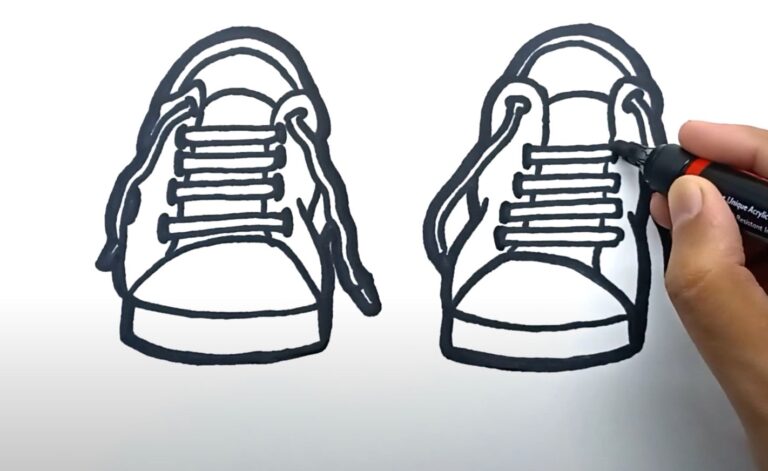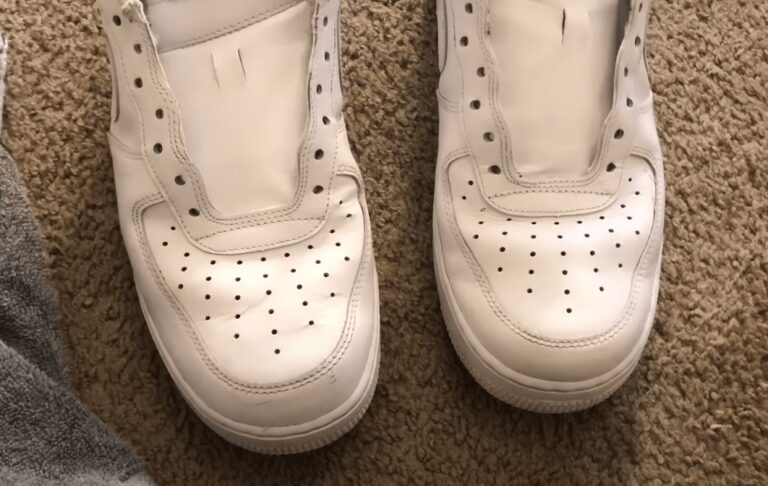HOW MANY RUNNING SHOES SHOULD I HAVE?
For many runners, having the right running shoes has a significant impact on performance, comfort and injury prevention. So which type of running shoe should you have in your rotation? The answer depends on several factors including your training intensity and goals, body type and terrain preferences. Knowing how to find the proper fit for different types of footwear is essential when building up an optimal collection of trainers or racing flats that will help keep you happy, healthy and hitting personal bests. In this blog post we’ll look at what key characteristics to look for when selecting new kicks as well as provide our recommendations for foolproof set-up so that you can enjoy every single step during your run.
Understand the Different Types of Running Shoes
A breakdown of the different types of running shoes and their purpose
Deciding on the right pair of running shoes can be a difficult decision due to all of the styles, features, and technology available. As runners, it is important to be well informed about the different types of running shoes and their specific purposes so we can find the pair that works best for us. To simplify this search, it is essential to understand what each type of shoe offers in terms of design, cushioning level, and support. Knowing these details can help narrow down our list of potential shoe models drastically. Popular types include trail running shoes for rugged terrain; lightweight shoes for quick races; stability shoes for those looking for structure; neutral-designed models which are great for daily jogging; and finally motion-control versions which provide extra support around the ankle by being heavier than its counterparts. Each one has its own unique qualities but with a little research, we can find the perfect pair that’s complementary to our individual needs!
Consider Your Needs
What activities do you plan on using the shoes for and what type of terrain will you be running on
When purchasing new running shoes, it’s important to consider your own individual needs in order to get the most out of your equipment. Think about what activities you are planning on using the shoes for, as they may need different types of support depending on the activity. Additionally, ask yourself what type of terrain you’ll be running on and how it might affect the longevity and performance of your shoes. Though there are general guidelines that should be followed for all runners, everyone’s body and lifestyle is unique so taking into account personal preferences will help ensure a comfortable run every time.
Choose Your Style
Consider your own style preferences when selecting a running shoe
Choosing the right running shoe is essential for an effective and injury-free run. Selecting the appropriate shoe for you can be one of the most important decisions in starting a running routine, as comfort and fit are paramount. It’s important to take note of your own style preferences when deciding on a new pair of shoes. Whether it’s size, cushioning, material or even aesthetics that you are looking for, there are countless variations available to select from. Whatever your needs may be, taking into account your own style preference will help ensure that you find exactly what you’re looking for and get off on the right foot with running.
Think About Durability
Look into how long each pair of shoes lasts and how often they need to be replaced
Investing in quality footwear can help you save time and money in the long run. Durability is incredibly important when it comes to shoes since it can determine how often you will need to replace them. Taking into consideration a shoe’s expected lifespan can give you an idea of whether your purchase will be worth it. Do not be afraid to ask questions of a store associate or do research online; these sources may provide valuable insights into the durability, craftsmanship, and materials that create a longer-lasting shoe. With the right information and some knowledge about shoe care, you can ensure having quality shoes available for whatever occasion arises.
Set a Budget
Determine your budget and determine how many pairs are realistic for it
Setting a budget for your clothing purchases is a key step to shopping smart and staying within your financial goals. To do this, you will need to figure out how much you want to spend in total on clothing, as well as what type of items you prioritize to buy with that money. From there, decide how many pairs of shoes, jackets, or other items fit into that budget. You might use research and comparison-shopping to ensure that the amount of items you buy reflects the most value for your dollar. Knowing your budget upfront can be incredibly helpful when it comes time to shop – so take the time early on to create a plan and stick with it.
Decide How Many Pairs You Need
Finding the balance between having enough pairs but not too many
When it comes to deciding how many pairs of shoes, clothes, or accessories you need, it’s important to find the right balance. Although having a variety of pieces can be fun and allow for more personal expression, having too many items can become overwhelming and costly. Think about your lifestyle and what items you know you’ll wear often. While having fewer pieces isn’t a bad thing, having the right amount ensures that you are properly outfitted for whatever situation comes your way. Taking into consideration both your budget and wardrobe will help you make an informed decision on how much is enough for your closet.
Conclusion
Overall, selecting the right running shoes is an important step to take when preparing for any fitness session. There are a variety of factors to consider in order to find the perfect pair that fits your own needs and preferences. You have to know what type of running shoes you will need, think about your own style preferences when selecting shoes, choose a pair that is durable enough to last and set a budget. Additionally, understand how many pairs of shoes you really need while still avoiding having too much. With careful research and the right tools, anyone can find their ideal running shoes and enjoy peak performance even through difficult terrain.
FAQs
Q1: How many pairs of running shoes should you use?
A: The number of pairs of running shoes you should use depends on several factors, such as your lifestyle and frequency of running. Generally speaking, it is recommended to have two pairs of running shoes that you alternate between. This allows for one pair to rest while the other is being used, helping them last longer and prevent injuries from occurring due to worn-out soles or cushioning.
If you are a frequent runner, it may be beneficial to have three or more pairs of running shoes. Having multiple pairs can help prevent overuse injuries by allowing you to rotate between different types of shoes depending on the terrain and distance you are running. For example, if you are training for a half marathon, having a pair specifically designed for long-distance runs can help provide extra support and cushioning during your runs.
Ultimately, the number of pairs of running shoes that is right for you will depend on your individual needs and preferences.
Q2: Is it better to have multiple running shoes?
A: Yes, it is better to have multiple running shoes. Having different pairs of running shoes can help you maximize your performance and reduce the risk of injury.
Having multiple pairs of running shoes allows you to switch between them depending on your activity. Different types of shoes are designed for different activities, such as trail running or road running. By switching between different types of shoes, you can ensure that your feet are getting the support they need for each activity.
Having multiple pairs of running shoes also means that you can alternate between them when running. This helps to keep the cushioning in your shoes fresh and prevents wear and tear from using the same pair too often. This can help reduce the risk of injury since worn down cushioning can lead to soreness and fatigue in your feet, ankles, and legs.
Q3: How many running shoes should a man own?
A: The exact number of running shoes a man should own depends on several factors, including how often he runs and the type of terrain he is running on. Generally speaking, it’s a good idea for a man to have at least two pairs of running shoes in his closet – one for everyday use and one for special occasions. This way, he can alternate between the two pairs to ensure that they both last longer.
For more serious runners who are training for races or who run often, having three or more pairs of running shoes can be beneficial. Different types of running shoes are designed to provide different levels of support and cushioning depending on the type of terrain you’re running on. Having multiple pairs allows you to adjust your footwear based on the terrain you’ll be running on that day.
Overall, owning multiple pairs of running shoes is important if you want to get the most out of your runs and keep your feet comfortable and supported.
Q4: Is it good to have 2 pairs of running shoes?
A: Absolutely! Having two pairs of running shoes is a great idea, especially if you are an avid runner. This is because running shoes wear out quickly due to the impact they endure while running. It’s important to have multiple pairs so that you can alternate between them and give each pair time to recover. This helps ensure that your shoes last longer and keeps you from having to buy new ones too often. Additionally, having two different types of running shoes may also be beneficial depending on what type of terrain you typically run on. For example, if you usually run on trails, it may be helpful to have one pair of trail-running shoes and one pair of road-running shoes.







